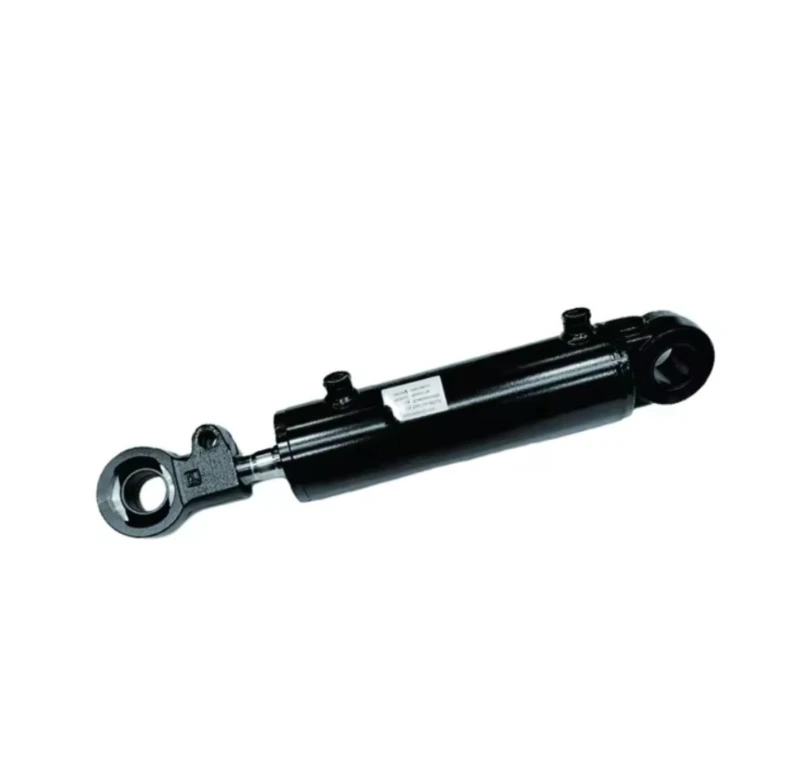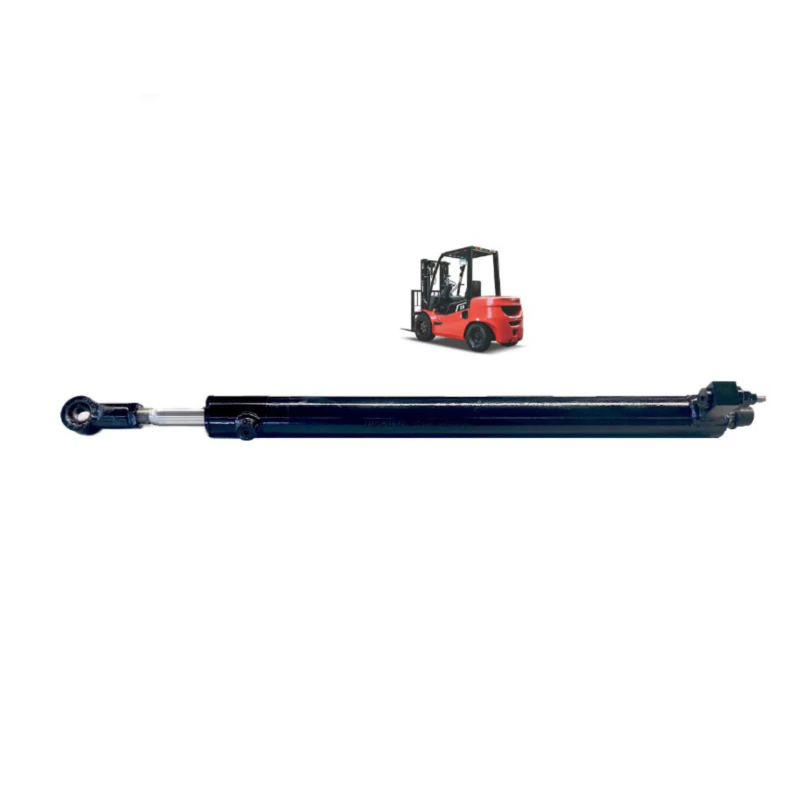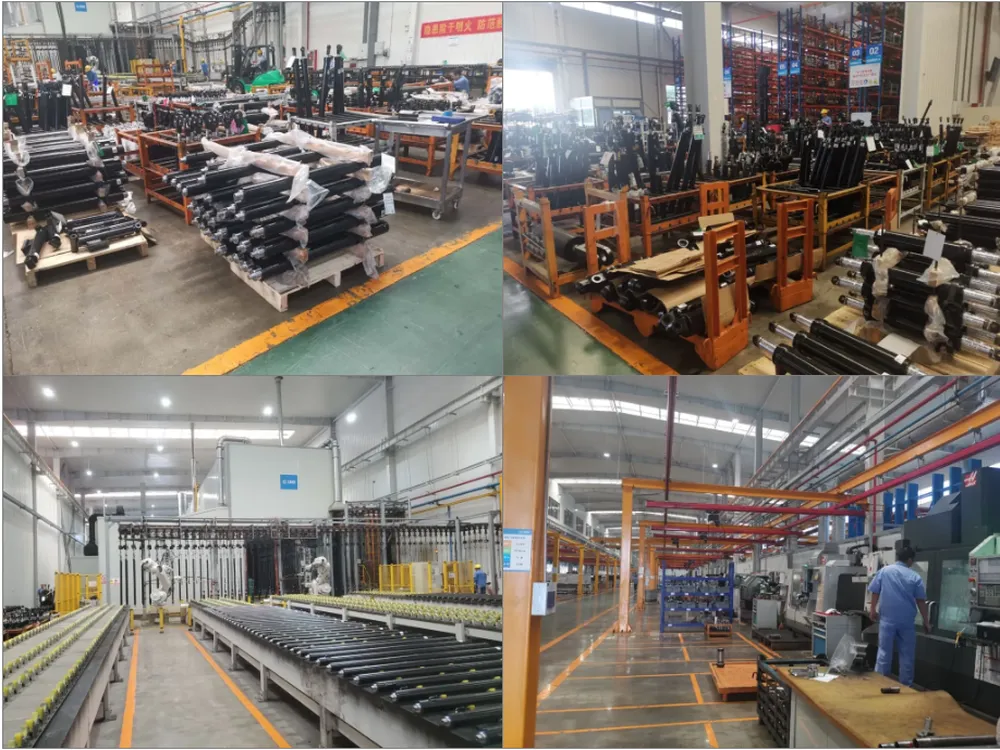Tilt Cylinder Performance Metrics in Construction
Construction works require a lot of machinery, and the tilt cylinder is one of the most vital components of such machinery. This blog post explores the performance metrics of tilt cylinders in construction equipment.
Overview
A tilt cylinder is a hydraulic cylinder that is used to control the tilting of construction equipment such as bulldozers, excavators, and skid steers. The tilt cylinder is responsible for the smooth and precise movement of the equipment, which is essential for completing construction tasks effectively.
Performance Metrics
Load Capacity
The load capacity of a tilt cylinder is the maximum weight it can handle without malfunctioning. Tilt cylinders with high load capacity are suitable for handling heavy machinery, which is common in construction sites.

Speed
The speed of a tilt cylinder is an important performance metric. It determines how fast the equipment can tilt, which is crucial in construction works where speed is essential. High-speed tilt cylinders can complete tasks faster and more efficiently.
Pressure
Pressure is an important metric for measuring the power of a tilt cylinder. High-pressure tilt cylinders are suitable for heavy-duty equipment that requires high force to function.
Efficiency
The efficiency of a tilt cylinder is measured by how much energy it uses to move the equipment. High-efficiency tilt cylinders require less energy to move the equipment, which results in lower fuel consumption and operating costs.

Durability
A durable tilt cylinder is one that can withstand harsh working conditions and last for a long time. Durability is essential in construction works where equipment is subjected to rough terrain and heavy loads.
Working Principle
A tilt cylinder works by converting the energy from hydraulic fluid into mechanical energy. When the fluid is pumped into the cylinder, it creates pressure that pushes the piston forward, causing the equipment to tilt. When the fluid is released, the piston returns to its original position, and the equipment returns to its initial position.
Choosing the Right Tilt Cylinder
Choosing the right tilt cylinder for construction equipment can be a challenging task. However, the following factors can guide the selection process:
- Load capacity
- Speed
- Pressure
- Efficiency
- Durability
It is essential to consider these factors carefully to choose the tilt cylinder that is suitable for the specific equipment and construction task.

Installation
The installation of a tilt cylinder requires specialized skills and equipment. It is crucial to follow the manufacturer's instructions to ensure that the cylinder is installed correctly and functions optimally. It is also essential to carry out regular maintenance to ensure that the cylinder performs at its best.
Promotion and Company Introduction
Our company is a leading manufacturer of hydraulic cylinders, including tilt cylinders. We have over 15 years of experience in designing, manufacturing, and selling tilt cylinders for construction equipment. Our products are of high quality, efficient, and durable, and we provide excellent customer service and competitive prices.

We have served clients in Europe, America, Africa, and Asia, earning a reputation for excellence in the market. We use advanced production and testing equipment and employ professional technicians to ensure that our products meet the highest standards.
Advantages of Tilt Cylinder in Construction
The tilt cylinder is suitable for various construction works due to the following advantages:
- Smooth and precise movement of equipment
- Efficient and fast completion of construction tasks
- High load capacity for handling heavy machinery
- Low energy consumption and operating costs
- Durable and can withstand harsh working conditions
In conclusion, the tilt cylinder is a crucial component of construction equipment, and its performance metrics are essential in achieving efficient and effective completion of construction tasks.
Edited by Czh.